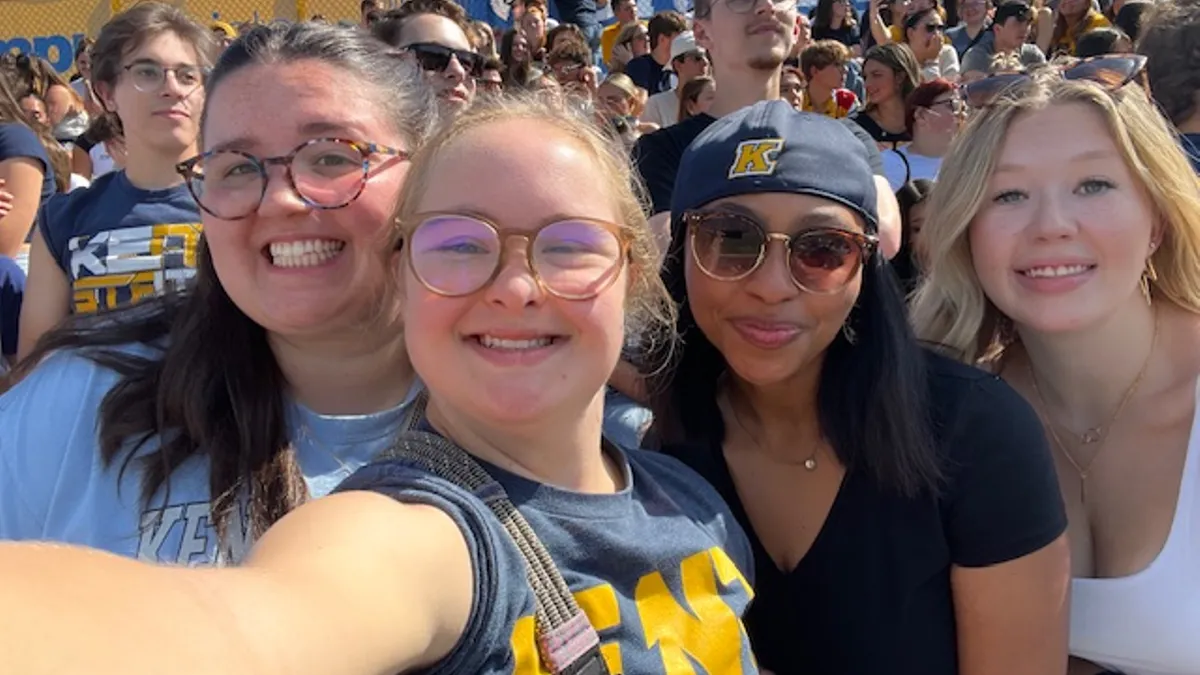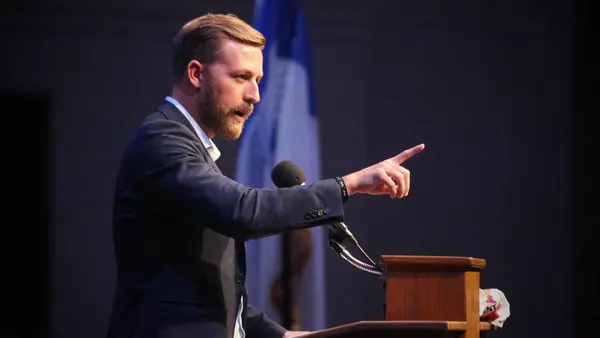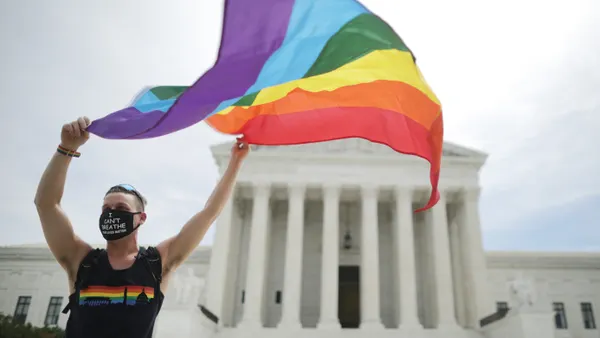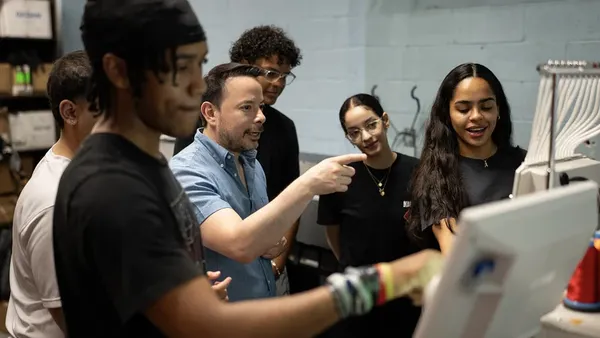Most clicked story of the week:
A recent “Dear Colleague” letter sent to district and state leaders from the U.S. Department of Education provided guidance on using existing federal grants to integrate artificial intelligence in schools.
The letter, signed by U.S. Education Secretary Linda McMahon, said grantees may use federal funds to implement AI to enhance high-quality curriculum tools, high-impact tutoring, and college and career pathway advising. The department also outlined its principles for responsible AI use in schools, affirming that initiatives should be educator-led, ethical, accessible for those with disabilities, transparent in the way new tools are rolled out, and in compliance with federal data privacy laws.
The still-shifting policy landscape for schools:
- The U.S. Department of Justice released sweeping guidance Wednesday that limits the use of “unlawful” DEI practices in school district hiring and training practices, as well as the programming available to students. For example, districts could be exposed to legal liability by asking job applicants how their “cultural background informs their teaching,” using recruitment strategies targeting candidates from specific geographic areas or racial backgrounds, and asking job candidates to describe how they overcame obstacles, according to the memo from U.S. Attorney General Pamela Bondi.
- The Education Department on Tuesday encouraged states to seek waivers from the requirements of the Elementary and Secondary Education Act, which it said can be “burdensome.” Waivers, the department said, would allow state leaders to spend money ”free from bureaucratic red tape.” Passed in 1965, ESEA is meant to address educational inequities and improve educational quality by holding states accountable to certain regulations and requirements.
- A new federal private school choice program approved in the “One Big, Beautiful Bill” is adding to existing pressure for public schools from state-led private school choice programs, shrinking enrollment and an array of funding concerns. According to FutureEd, the number of students using universal private school choice options ballooned 40% in just one year — from 584,000 students to 805,000 between the 2023-24 and 2024-25 school years. That’s also up from just 64,022 students participating in 2022-23. We took an in-depth look at what a national private school choice program could mean for public schools.
School operations in the spotlight:
- District leaders nationwide are facing difficult decisions to close schools due to decaying buildings, budget strains and enrollment shifts. These decisions can be particularly tough for communities to process when a school holds historical or cultural significance. What can administrators do to ensure these concerns are recognized and addressed while also doing what’s best for the overall health of their school system?
- Texas has one of the highest teacher underqualification rates in the country, according to researchers from the University of Missouri and University of Pittsburgh. Between the 2019-20 and 2024-25 school years, the total number of uncertified teachers in Texas jumped from 12,900 to 42,100, representing 12% of the state’s teachers, the Texas Education Agency found. And 34% of the nearly 49,200 teachers hired in the 2023-24 school year had no Texas teaching certifications. A state law enacted in June, however, will phase out all uncertified teachers in foundational content areas by the 2029-30 school year.
- In Indiana, Hamilton Southeastern High School addressed its need for better school messaging, a lack of resources, and student interest in communications fields by creating a public relations and sports media class. Part of the school’s broader, student-led Southeastern Media Network, the course gives students hands-on experience with telling the stories of clients, which can be a local organization or the school itself.













